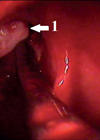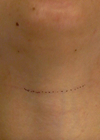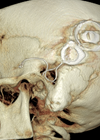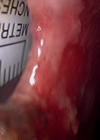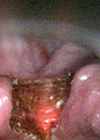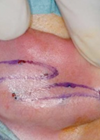How I Do It archive for 2015
Use of a diode laser for the removal of a frontal sinus osteoma
In this How I Do It, Professor Sergei Karpischenko introduces a gentle method of reduction of mobilised frontal sinus osteoma which has been successfully used in five patients in his university clinic using a diode laser in contact mode. Osteoma...
Isshiki Thyroplasty Type 2
Indication Adductor spasmodic dysphonia is a neurological condition of unknown aetiology. The symptoms are believed to be caused by involuntary contraction of the adductor muscles of the vocal cord as a result of an abnormality of neurotransmitters in the basal...
How to safely image patients with cochlear implants
Cochlear implants have quickly become a widely used aid for hearing-impaired people. As these implants include metal elements, the choice of an appropriate imaging modality for patients carrying such devices should receive special attention. This is important due to image...
Open septorhinoplasty approach for closure of medium sized septal perforations
Septal perforations are difficult problems to treat. There are various causes described in literature such as trauma, inflammatory, cocaine abuse but most often they are due to iatrogenic cause (such as septoplasty) or due to trauma. The symptoms due to...
CO2 Laser Dohlmans: Does It Still Have A Role In Pharyngeal Pouch Management?
Background The commonest active management of a pharyngeal pouch is the division of the “interparty” wall using a stapling device [1, 2]. The technique is relatively straight forward to perform and theoretically should have less complications than other techniques such...
Cutting burr otoplasty and conchal setback to correct prominent pinna: a ‘step by step approach’
Prominent ears can cause significant social and psychological effects on an individual. The two most common anatomical defects for a prominent pinna are an underdeveloped anti-helical fold and / or enlarged conchal bowl. In the senior author’s practice over the...


